Black Medick (Medicago lupulina) colonises some urban habitats and can be found along roadsides, on walls, between tram tracks in gardens or parks. If necessary, it can also survive in parking lots. It belongs to the legume family and is related to white and red clover, but not to the wood sorrel species.

The flowering period of Hop Clover or Nonesuch, as Black Medick is also known, can last from May to October. It grows as an annual or biennial, with creeping or upright shoots that can grow up to 50 centimeters long.
The growth form depends on the habitat. For example, flat-growing specimens can often be found along roadsides or on walls. In semi-shady locations or meadows, hop clover grows upright.
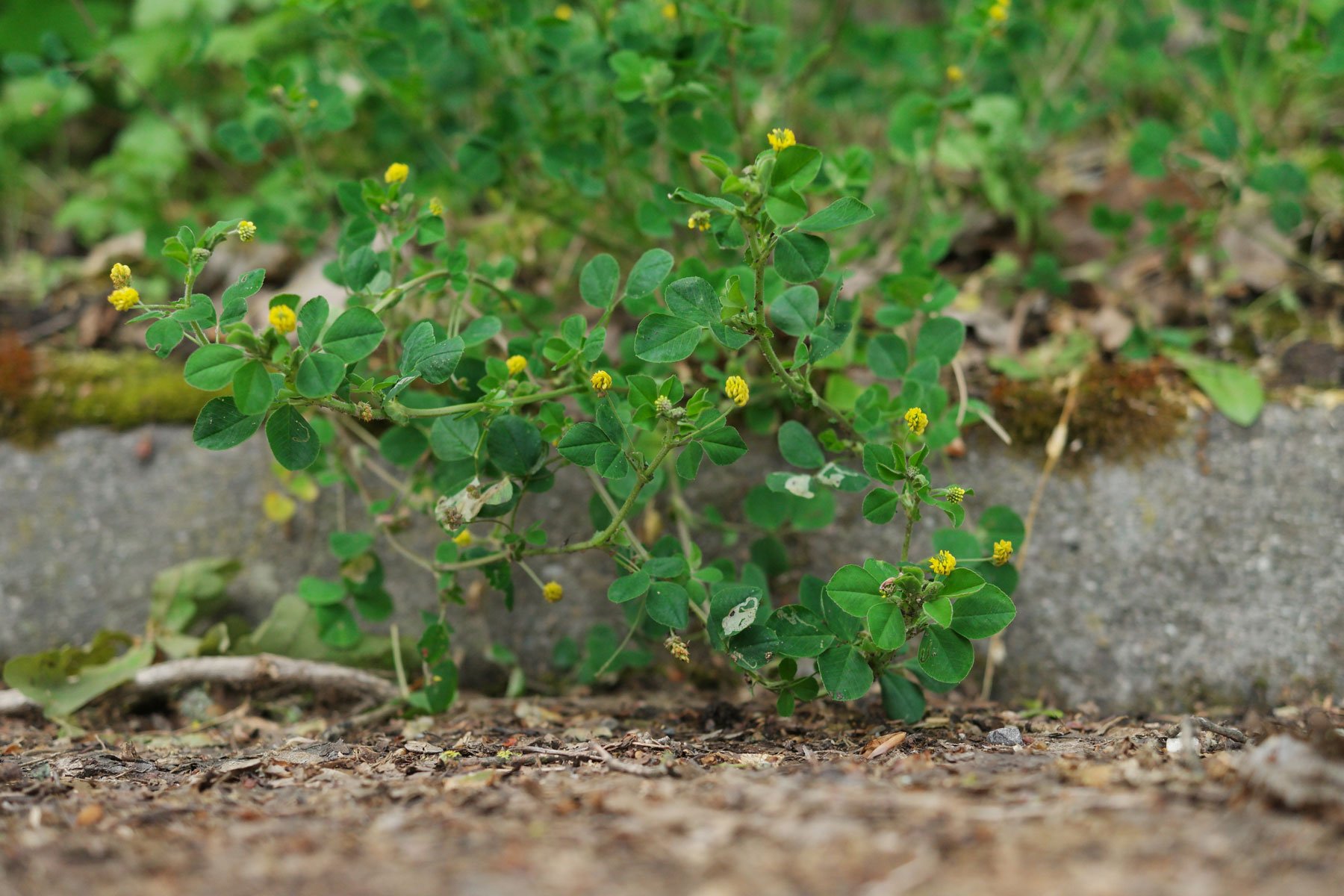
Medicago lupulina can survive well in villages and towns, as it can cope with dry soil and few nutrients. Its natural range is in Europe and North Africa, in Asia it reaches as far as Korea. As an introduced species it can also be found in Australia, North America and some South American countries.
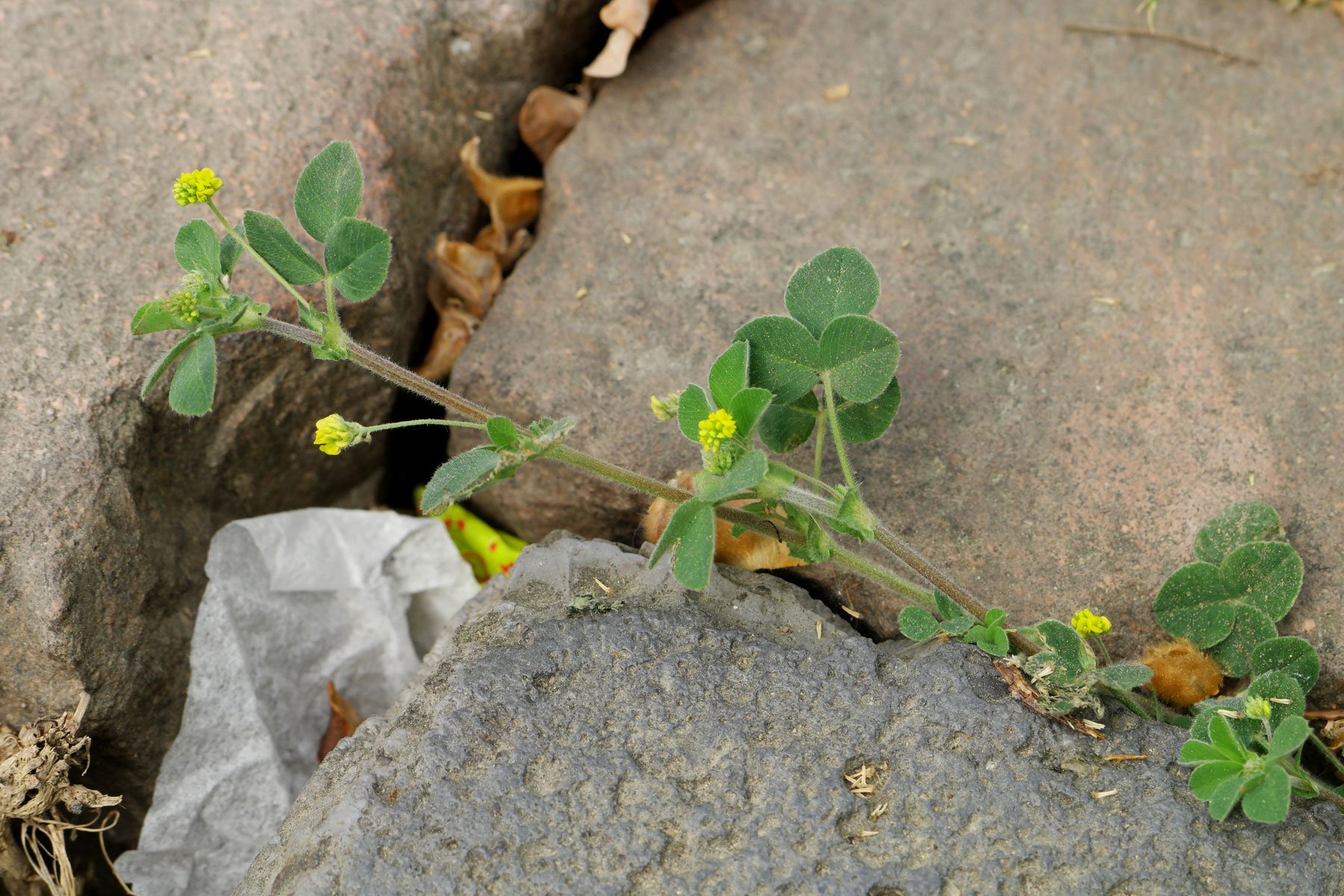

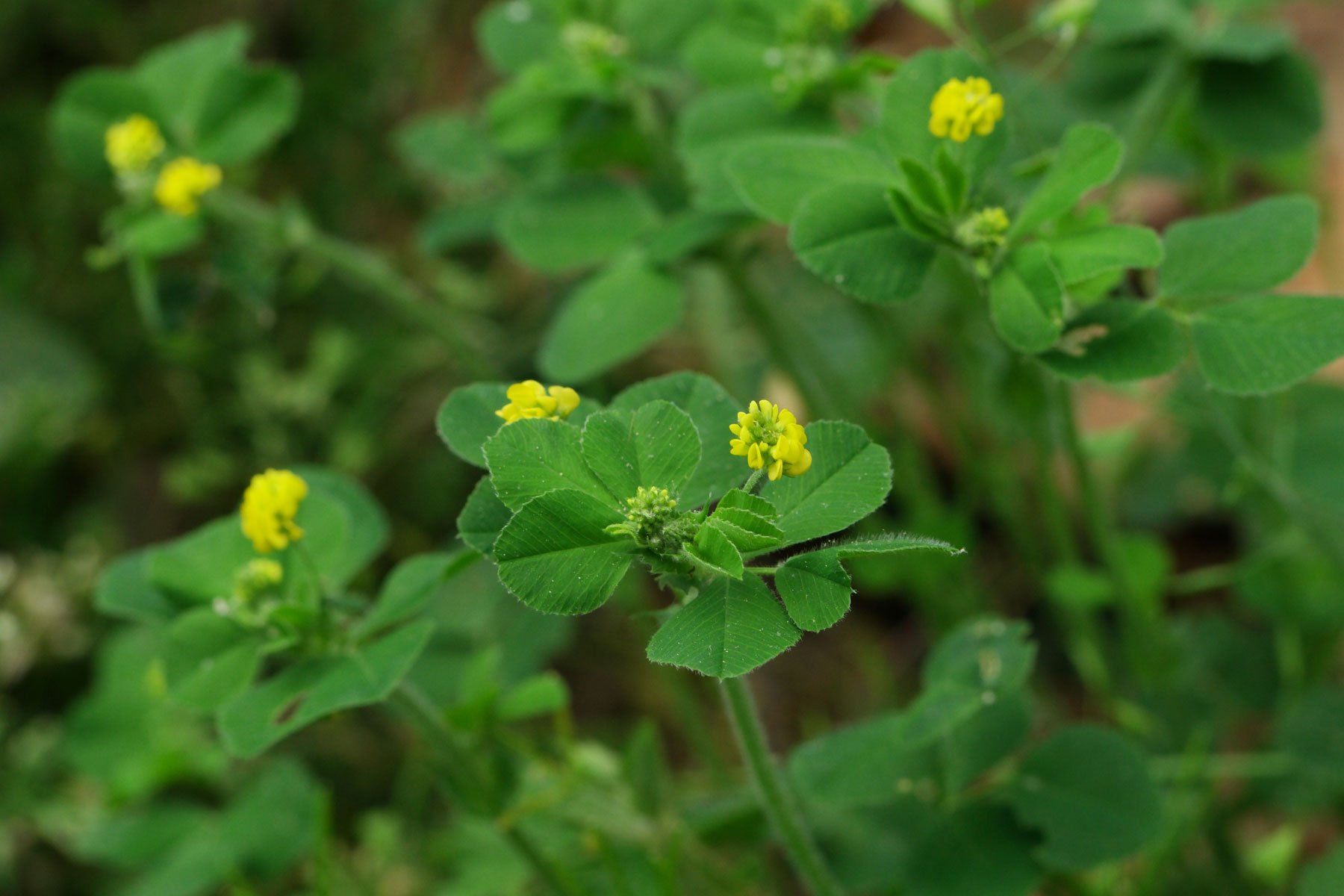
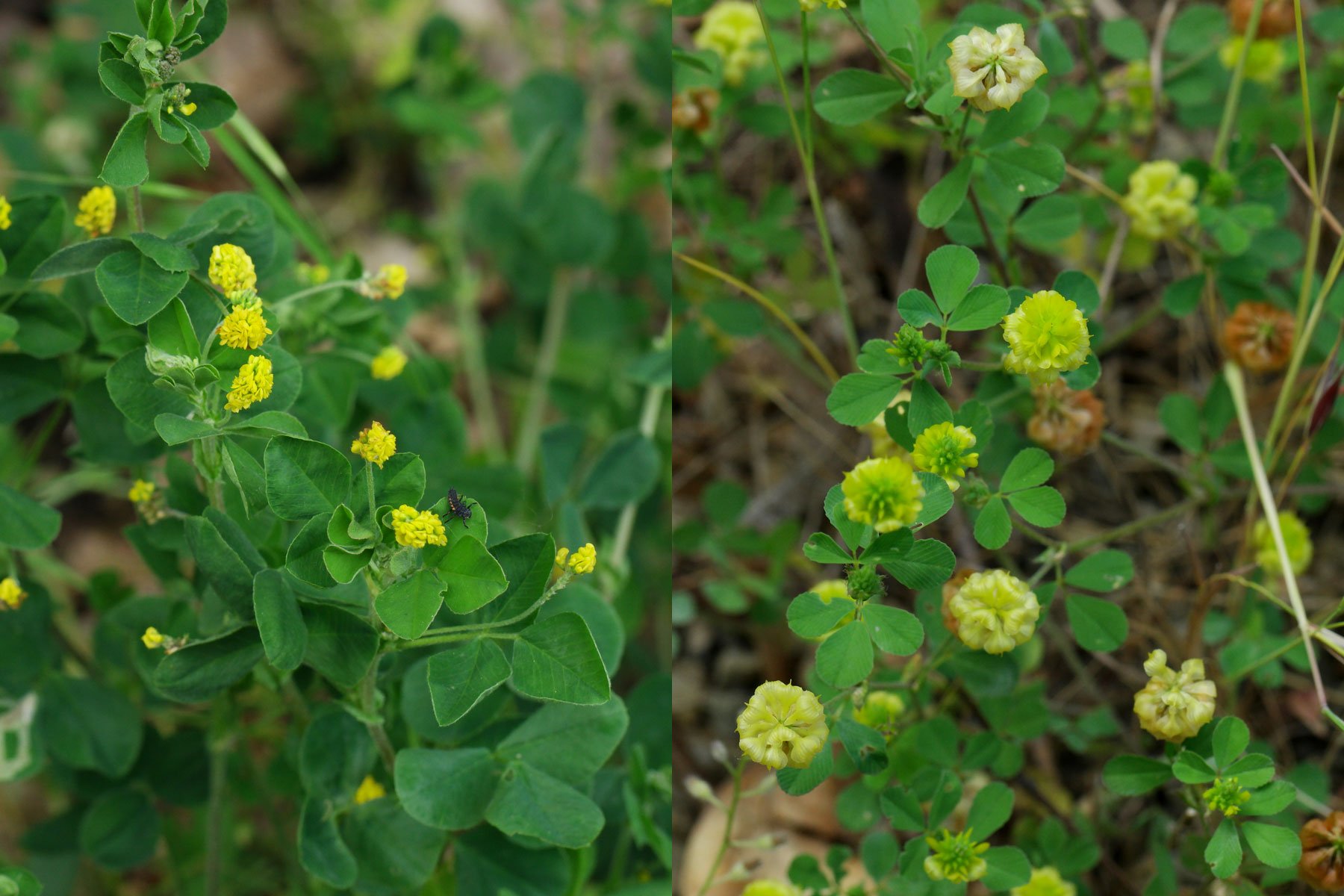
The black animal is the larva of a ladybird.
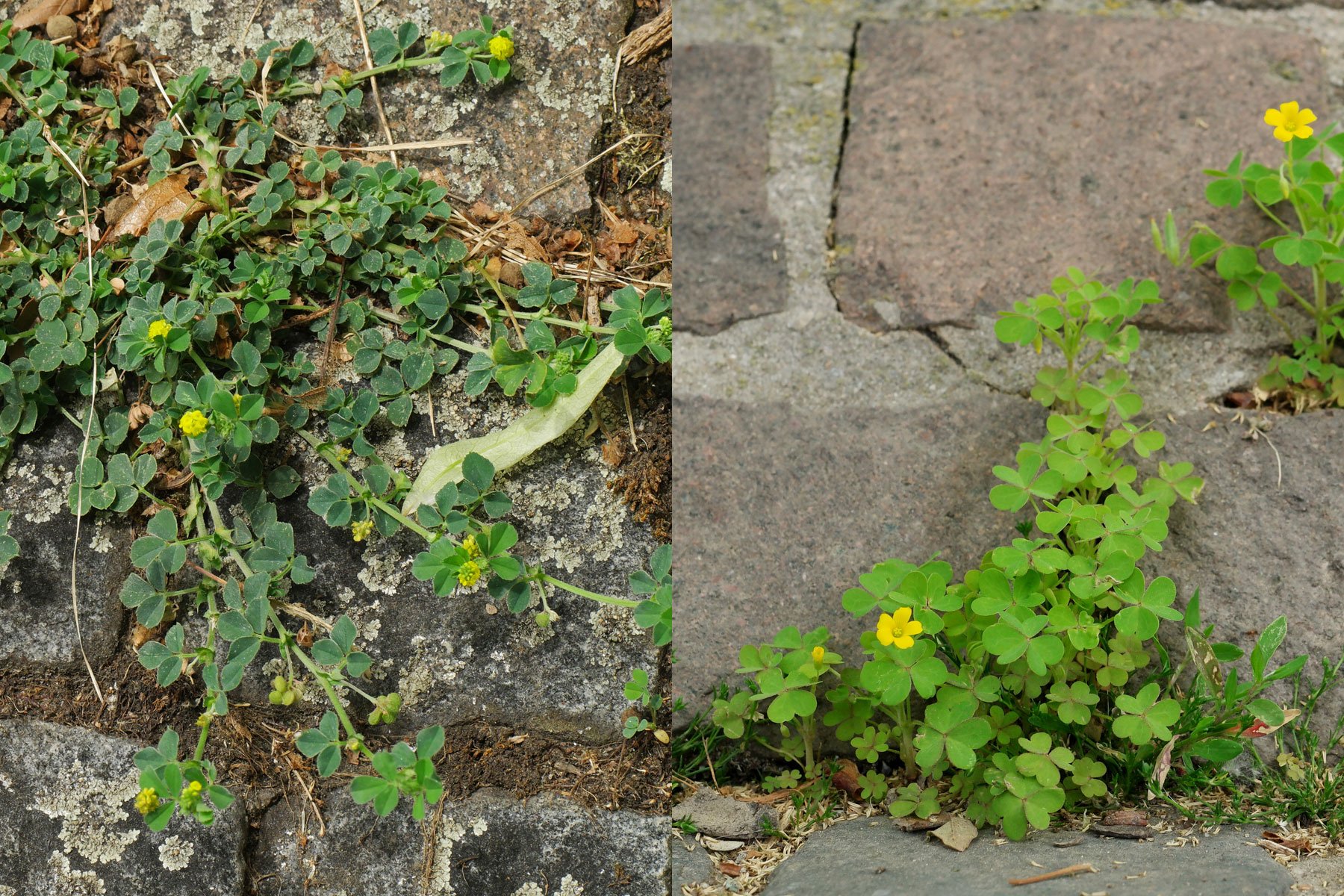
Categories: Wildflowers | Yellow & Orange Flowers |

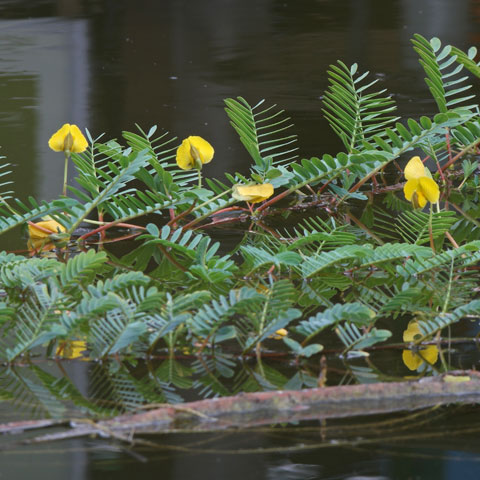 Aeschynomene fluitans
Aeschynomene fluitans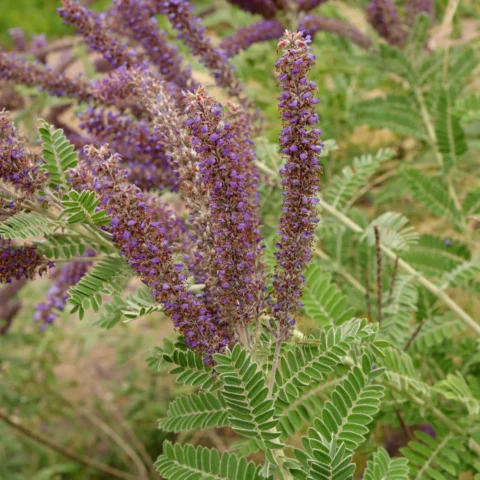 Amorpha canescens
Amorpha canescens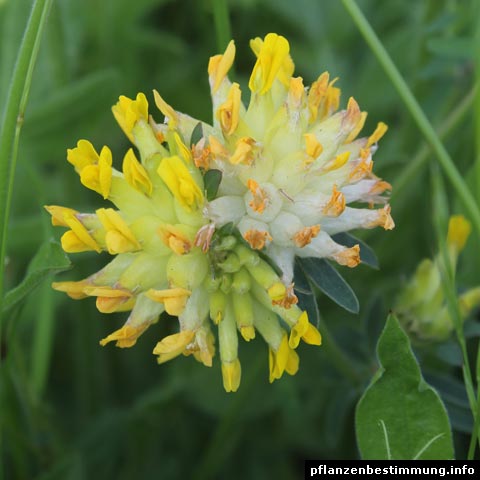 Anthyllis vulneraria
Anthyllis vulneraria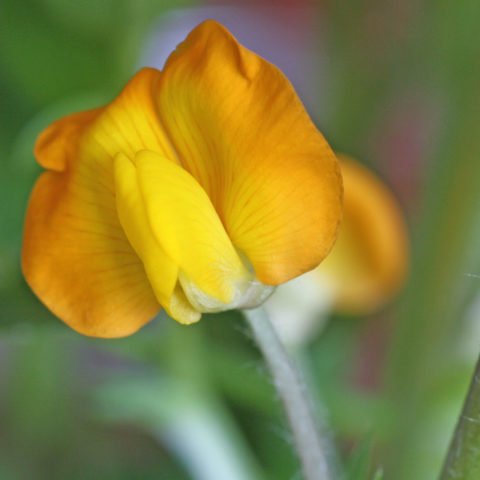 Arachis hypogaea
Arachis hypogaea Arachis pintoi
Arachis pintoi Astragalus glycyphyllos
Astragalus glycyphyllos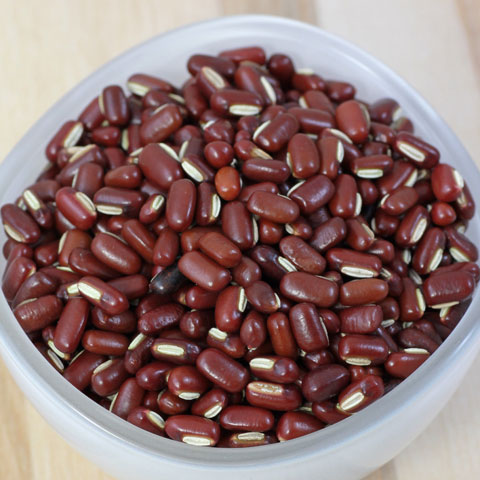 Azuki Bean
Azuki Bean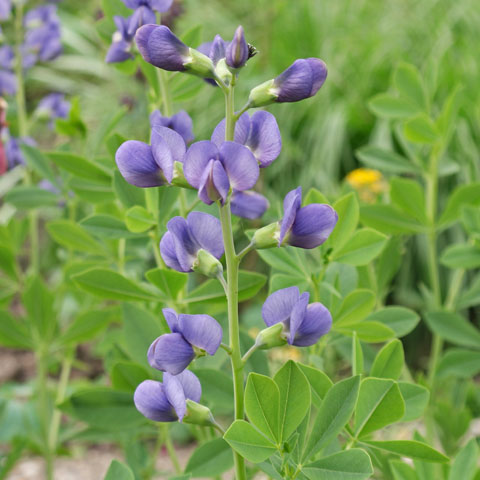 Baptisia australis
Baptisia australis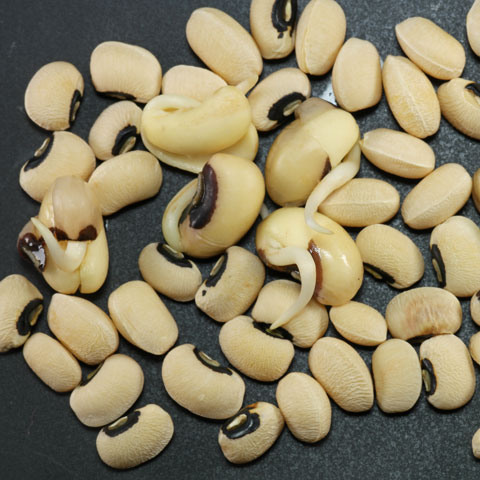 Black-Eyed-Pea
Black-Eyed-Pea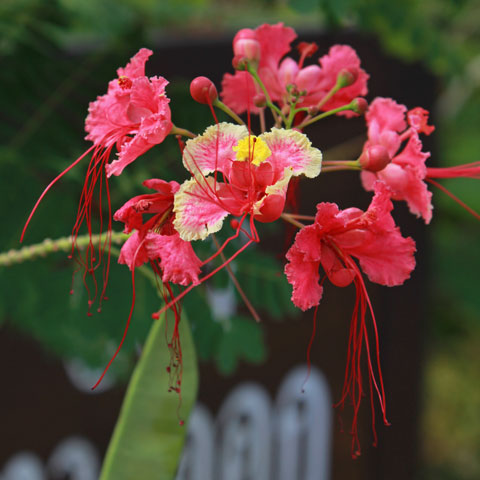 Caesalpinia pulcherrima
Caesalpinia pulcherrima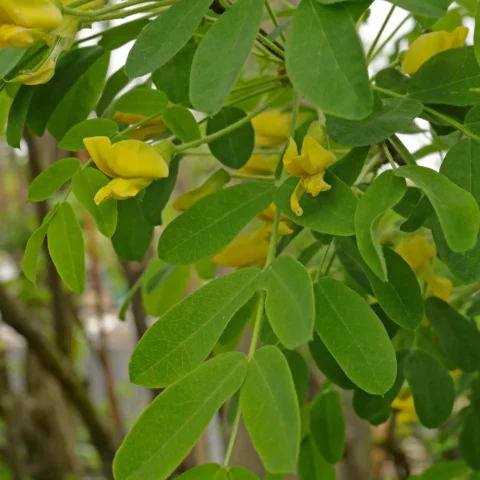 Caragana arborescens
Caragana arborescens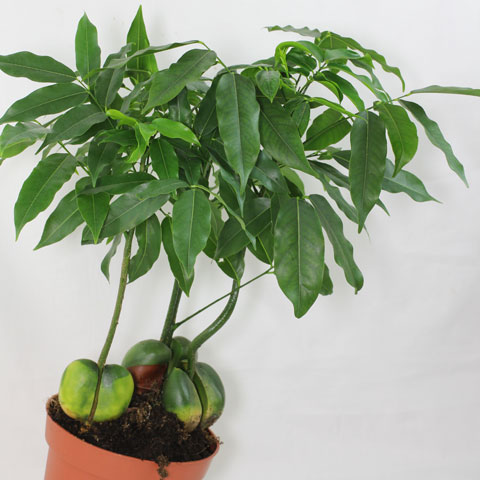 Castanospermum australe
Castanospermum australe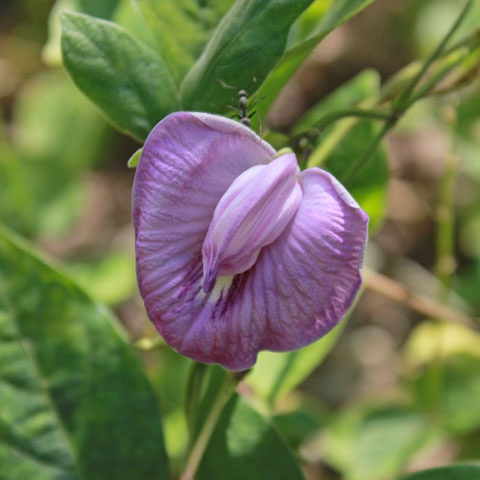 Centrosema molle
Centrosema molle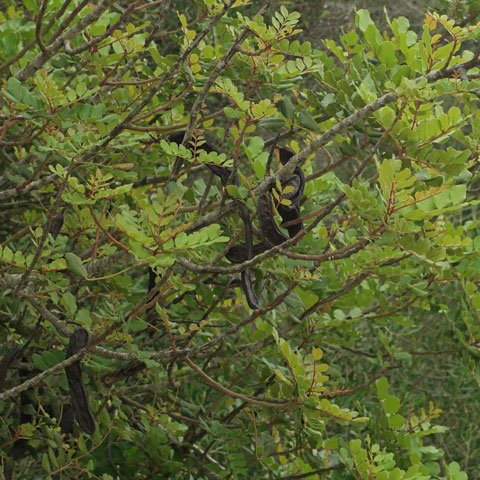 Ceratonia siliqua
Ceratonia siliqua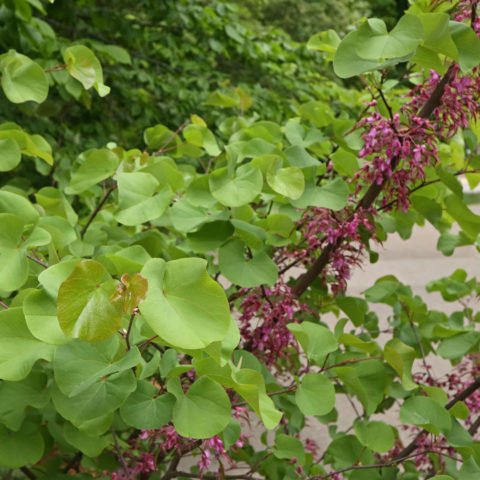 Cercis siliquastrum
Cercis siliquastrum Chickpea
Chickpea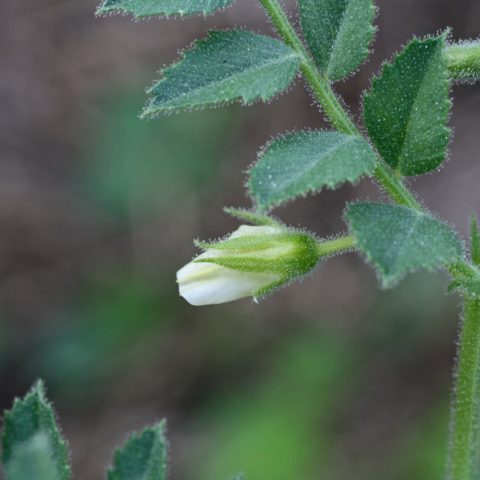 Cicer arietinum
Cicer arietinum Colutea arborescens
Colutea arborescens Cytisus scoparius
Cytisus scoparius Delonix regia
Delonix regia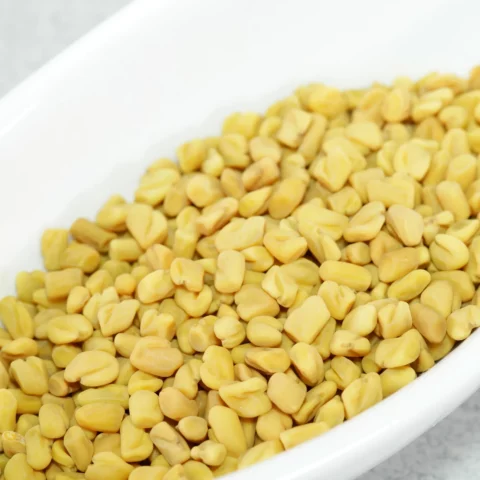 Fenugreek
Fenugreek Galega officinalis
Galega officinalis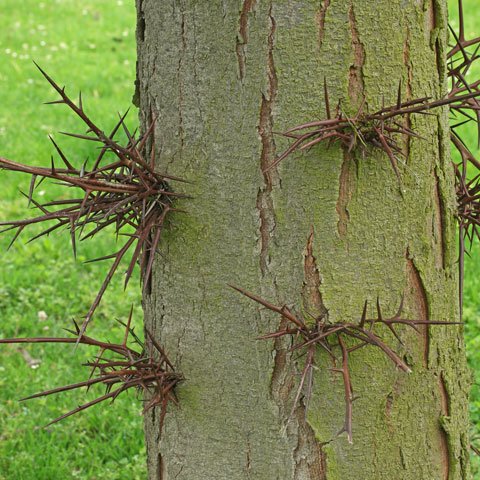 Gleditsia triacanthos
Gleditsia triacanthos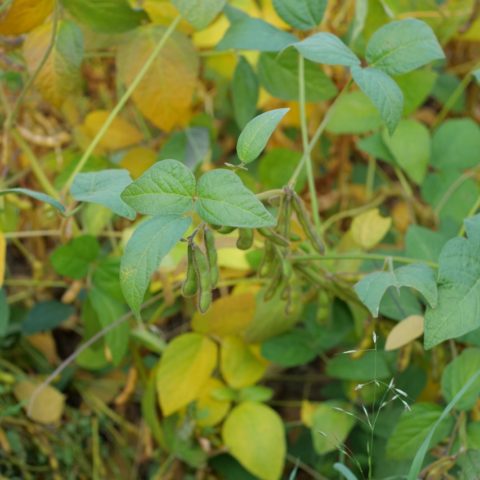 Glycine max
Glycine max Hippocrepis comosa
Hippocrepis comosa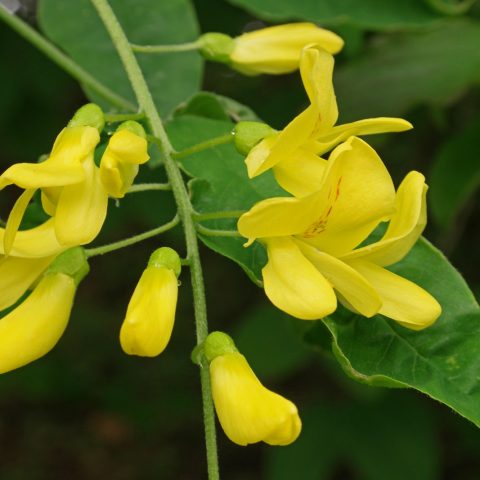 Laburnum × watereri
Laburnum × watereri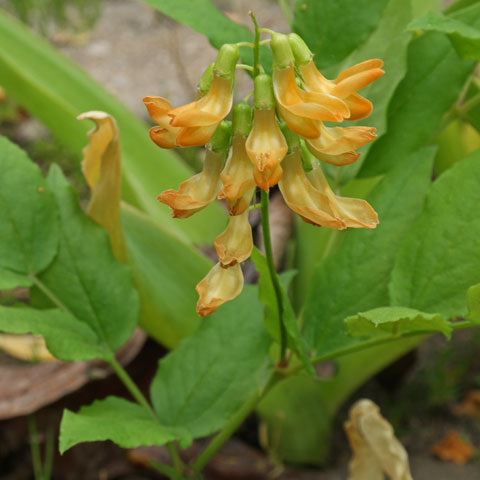 Lathyrus aureus
Lathyrus aureus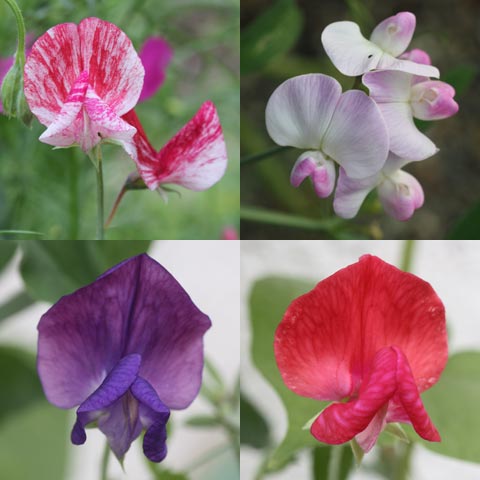 Lathyrus odoratus cv.
Lathyrus odoratus cv.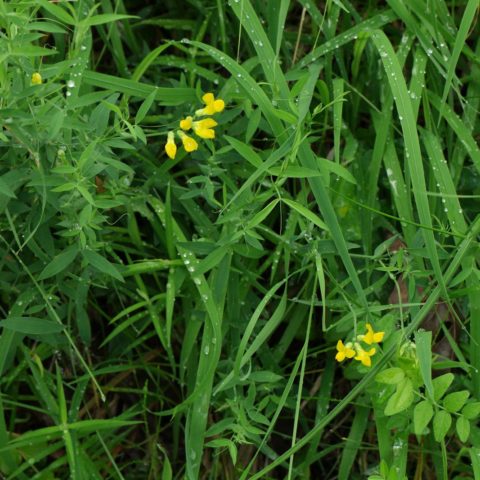 Lathyrus pratensis
Lathyrus pratensis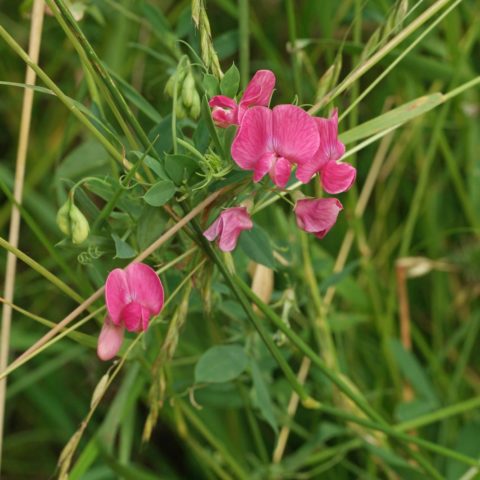 Lathyrus tuberosus
Lathyrus tuberosus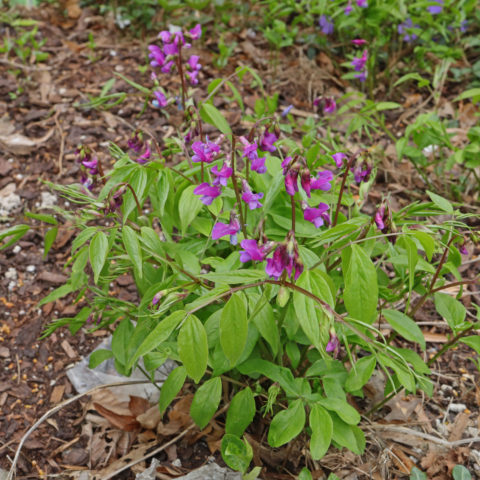 Lathyrus vernus
Lathyrus vernus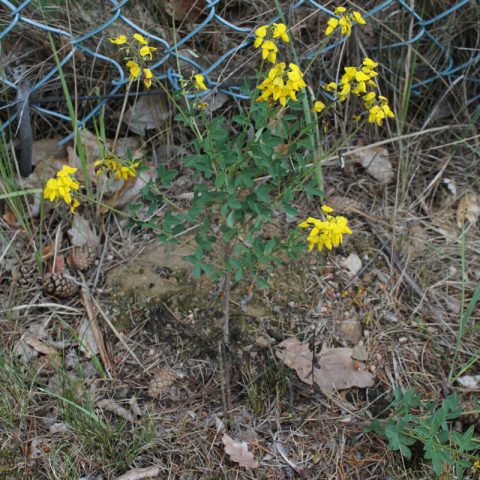 Lembotropis nigricans
Lembotropis nigricans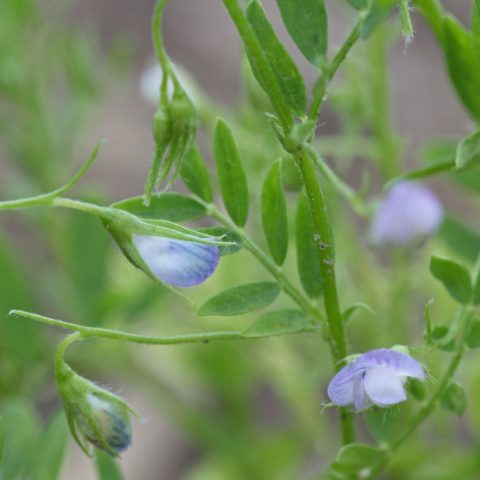 Lens culinaris
Lens culinaris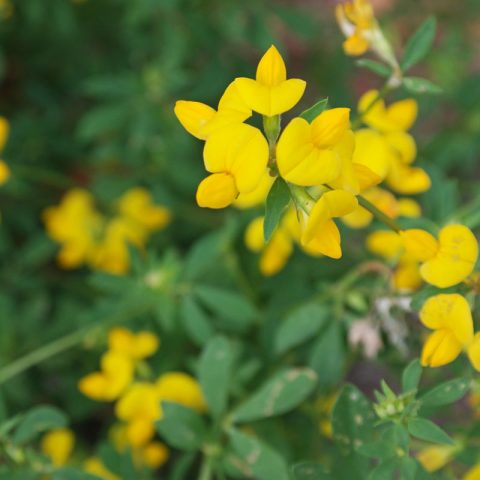 Lotus corniculatus
Lotus corniculatus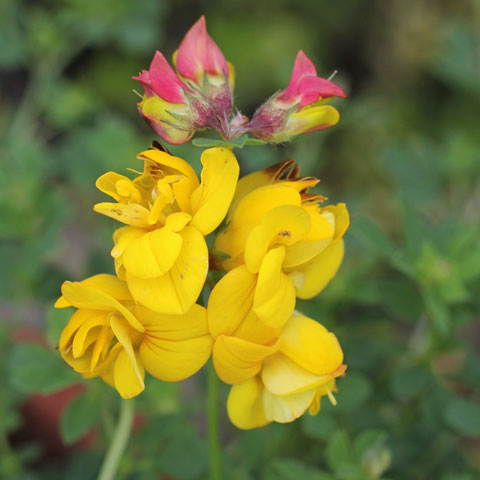 Lotus corniculatus “Pleniflorus”
Lotus corniculatus “Pleniflorus” Lotus maculatus
Lotus maculatus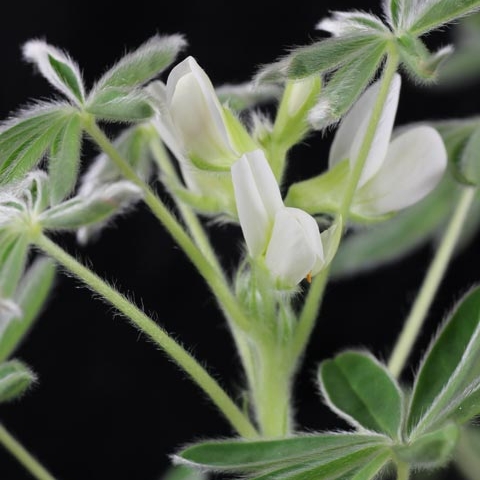 Lupinus albus
Lupinus albus Lupinus polyphyllus
Lupinus polyphyllus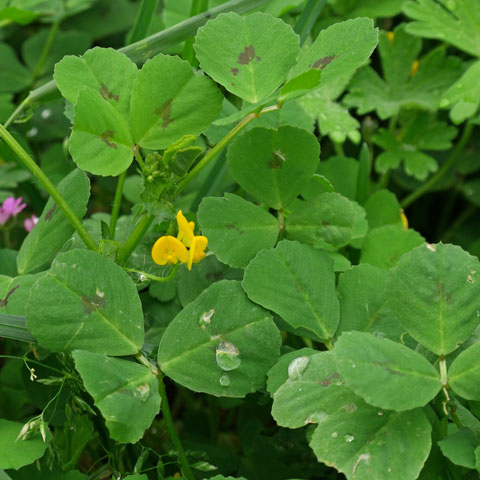 Medicago arabica
Medicago arabica Medicago lupulina
Medicago lupulina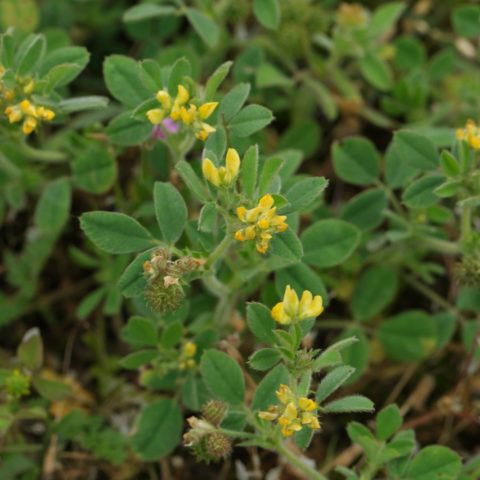 Medicago minima
Medicago minima Medicago sativa ssp. falcata
Medicago sativa ssp. falcata Medicago sativa ssp. varia
Medicago sativa ssp. varia Melilotus albus
Melilotus albus Melilotus officinalis
Melilotus officinalis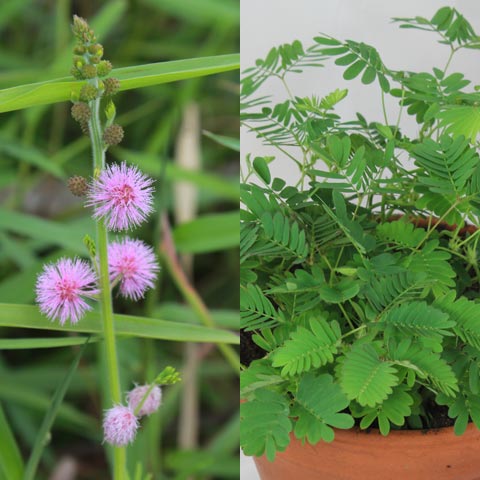 Mimosa pudica
Mimosa pudica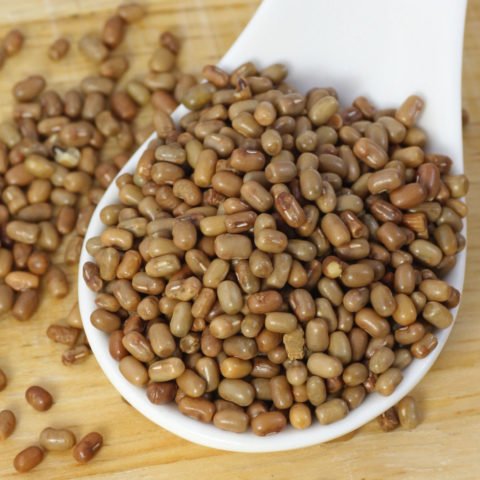 Moth Bean
Moth Bean Mung Bean
Mung Bean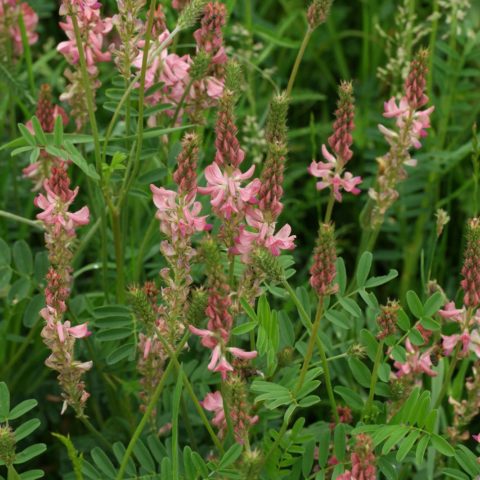 Onobrychis viciifolia
Onobrychis viciifolia Ononis repens
Ononis repens Ononis spinosa
Ononis spinosa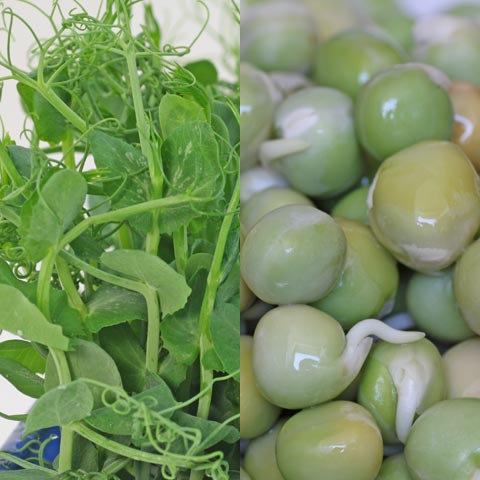 Pea sprouts
Pea sprouts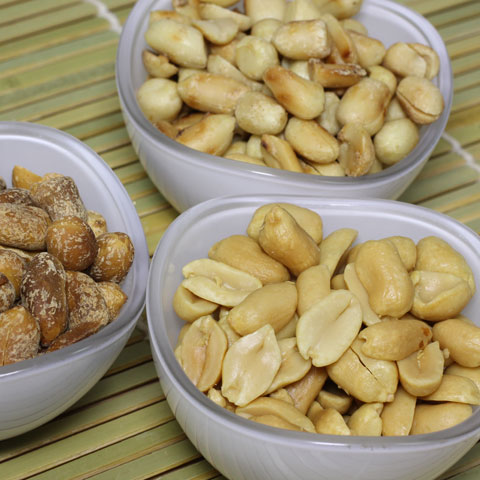 Peanut
Peanut Phaseolus coccineus cv.
Phaseolus coccineus cv.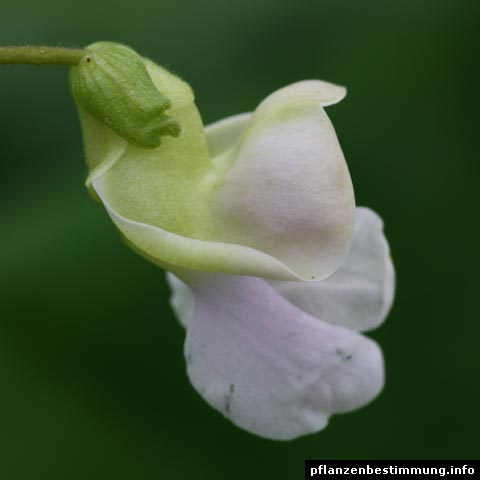 Phaseolus vulgaris
Phaseolus vulgaris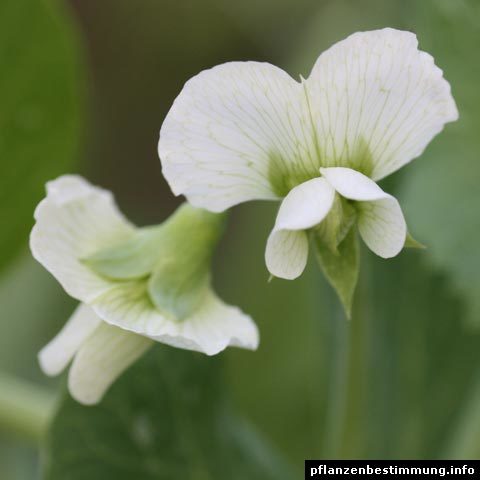 Pisum sativum
Pisum sativum Robinia pseudoacacia
Robinia pseudoacacia Securigera varia
Securigera varia Sophora prostrata “Little Baby”
Sophora prostrata “Little Baby”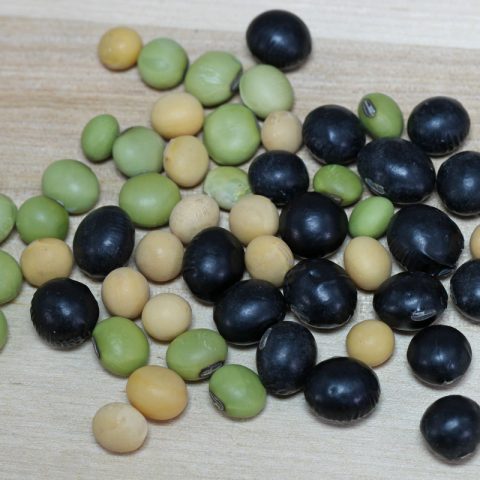 Soybean
Soybean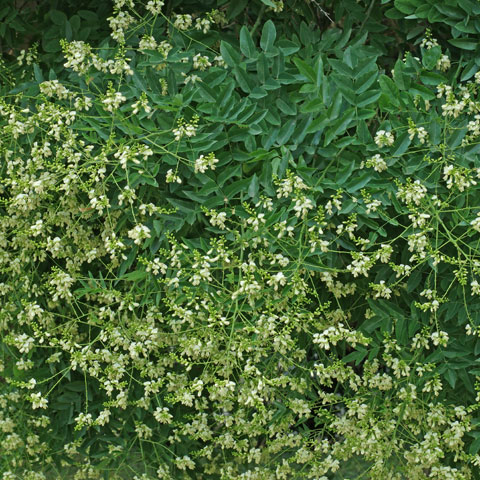 Styphnolobium japonicum
Styphnolobium japonicum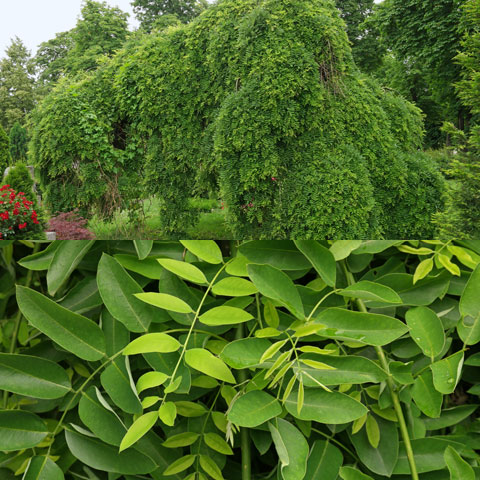 Styphnolobium japonicum “Pendula”
Styphnolobium japonicum “Pendula”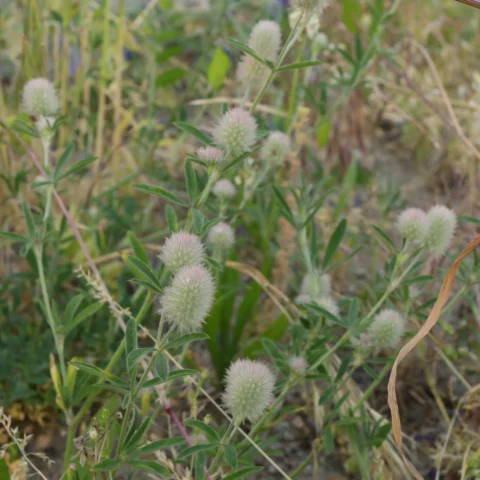 Trifolium arvense
Trifolium arvense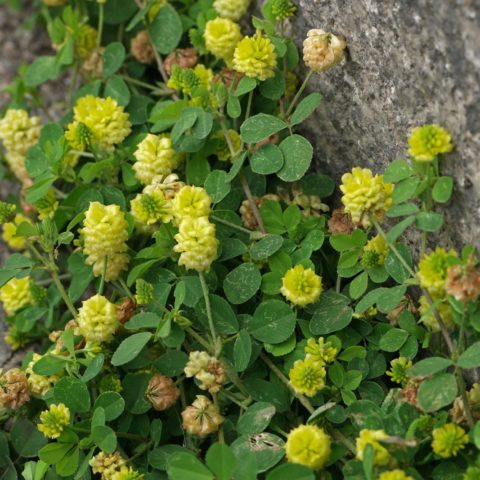 Trifolium campestre
Trifolium campestre Trifolium hybridum
Trifolium hybridum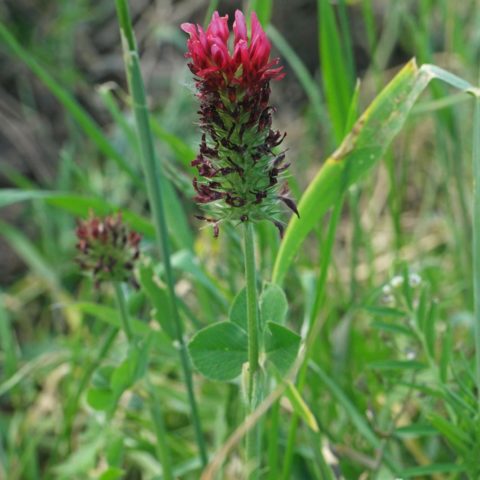 Trifolium incarnatum
Trifolium incarnatum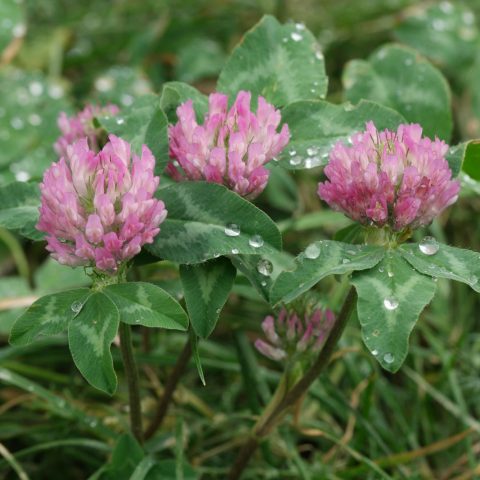 Trifolium pratense
Trifolium pratense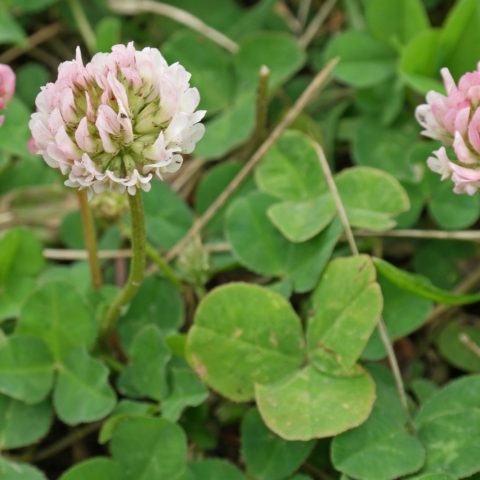 Trifolium repens
Trifolium repens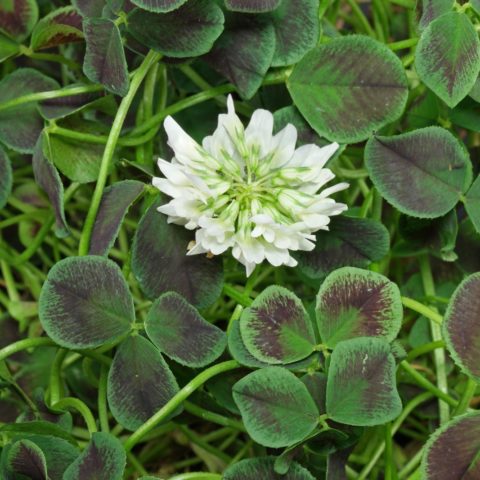 Trifolium repens “Estelle”
Trifolium repens “Estelle” Trifolium repens “Isabella”
Trifolium repens “Isabella”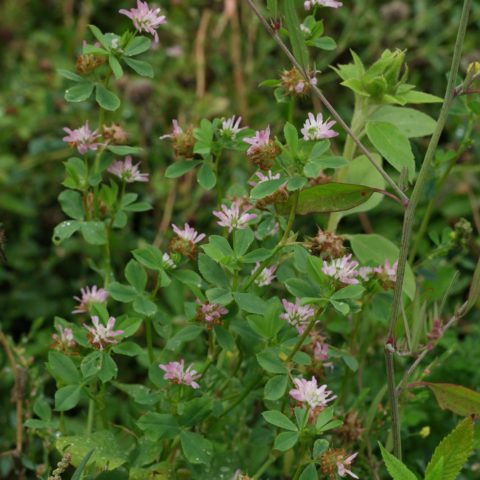 Trifolium resupinatum
Trifolium resupinatum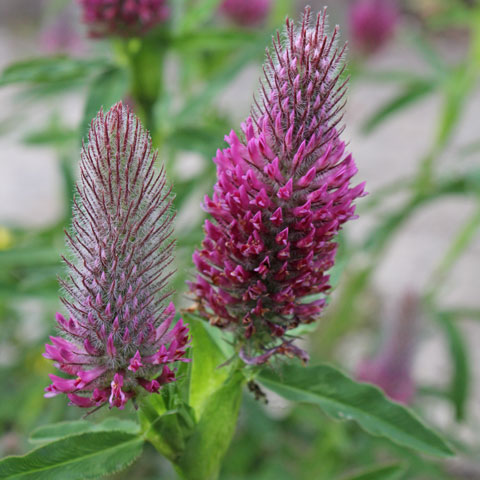 Trifolium rubens
Trifolium rubens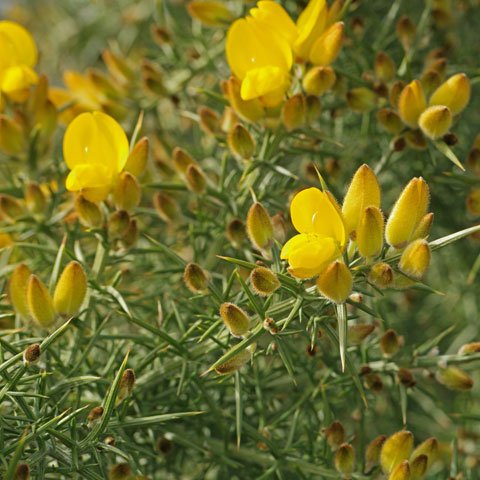 Ulex europaeus
Ulex europaeus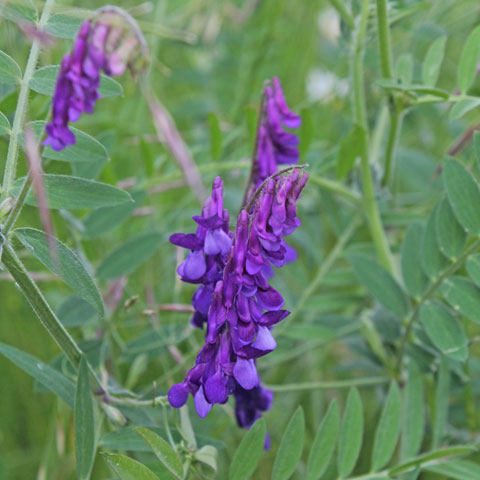 Vicia cracca
Vicia cracca Vicia faba
Vicia faba Vicia hirsuta
Vicia hirsuta Vicia sativa
Vicia sativa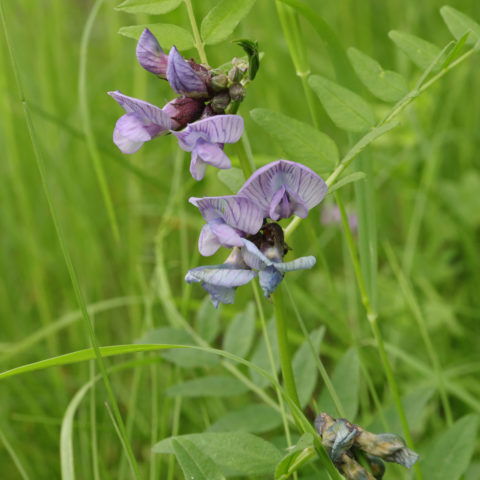 Vicia sepium
Vicia sepium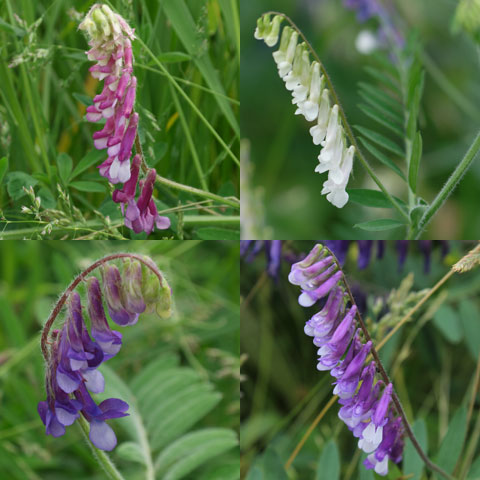 Vicia villosa
Vicia villosa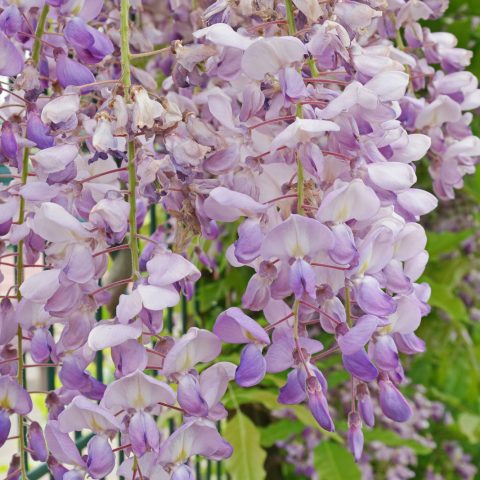 Wisteria floribunda
Wisteria floribunda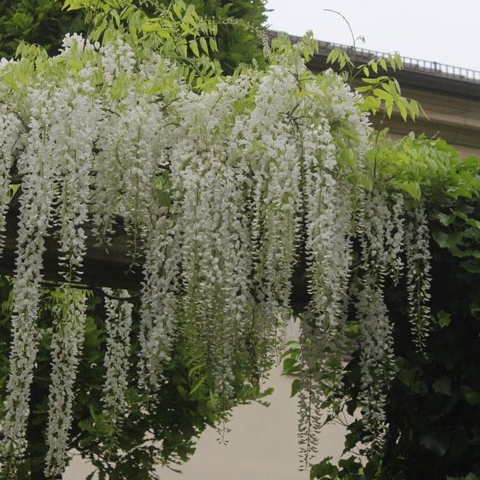 Wisteria sinensis “Alba”
Wisteria sinensis “Alba”